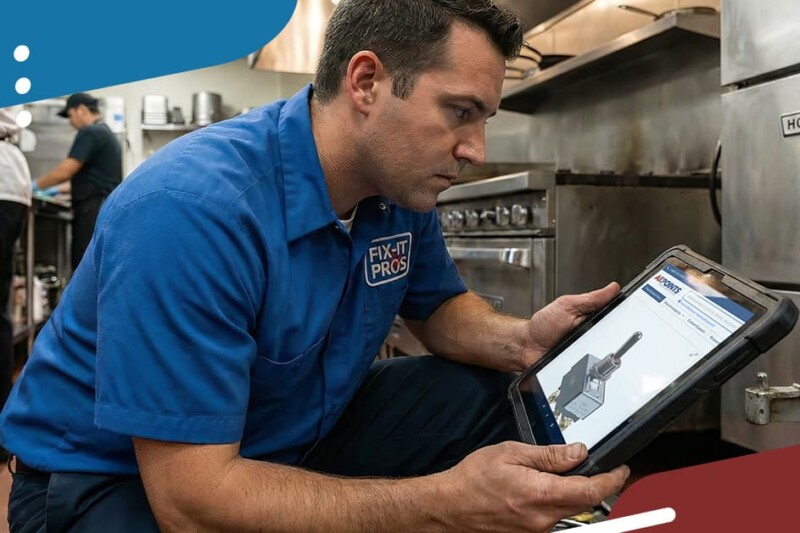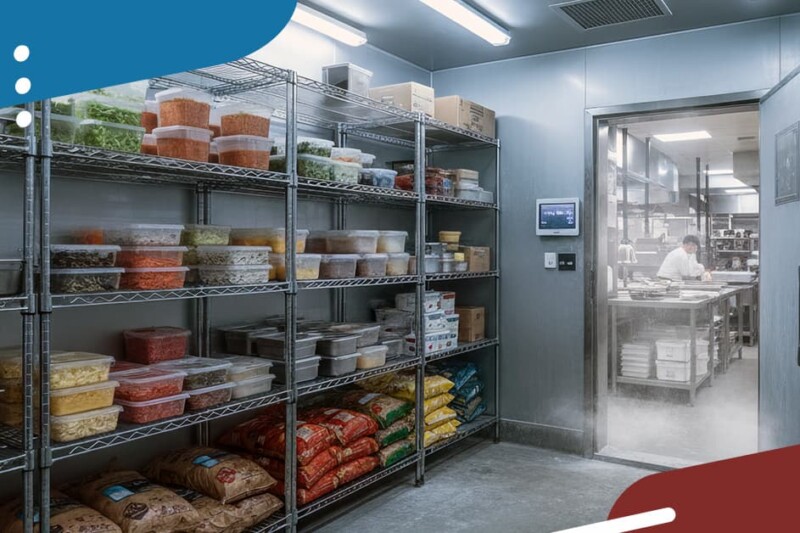When a chain brewpub complained that its recently installed draft-beer system—expanded to accommodate craft beers—had a glycol problem, John Orr, Technical Service Manager at Refrigerated Specialist, Mesquite, Texas, was suspicious.
“These restaurants have sold domestic draft beers from a single distributor for years; they haven’t had to change anything to maintain the quality,” says Orr.
Orr and his crew successfully completed the draft-system install three months earlier, he explains, “but now the beer was sputtering mid-pour and foaming up.” The installation involved a multi-tap beer system that uses a pump to transport the craft beer from the keg to the tap. This particular install ran lines that are about 150 ft., longer than average, according to Orr. “The keg comes from the brewer at a gauge pressure of about 15 psi to maintain proper carbonation,” he says, and from there, beer moves into the pump that he installed; the pump adjusts according to the length of the run without increasing the CO2 in the beer.
“Beer should come out cold, clean and correctly carbonated,” Orr says. “So the first thing I did was check the temperature of the faucet, the keg and the glycol.” A change across any of these can help diagnose a problem, but in this case, the temperatures were fine.
However, Orr quickly realized that the beer pumps that he initially installed to pump beer along the long lines were missing—something that the employees had failed to mention. The pumps propel the beer without altering it in any way by, for example, adding more gas to the draft.
Someone replaced the pumps with a cheaper mixed-gas blender that blends CO2 and nitrogen and relies on the regulator on the keg itself to push the beer down the line.
“Whoever installed it used the most standard system available,” Orr continues, “but this wasn’t a standard run. If you simply turn up the pressure on the keg’s regulator, you’ll over-carbonate the beer.” Since they wanted to keep the replacement mixed-gas system (it’s cheaper), Orr recalculated the ideal ratio, one that would need less CO2 to handle the length of the run and the volume of beer. He swapped the blender with one that could handle these changes and the customer’s beer poured perfectly. “You’ve got to identify the target pressure at the faucet before assuming the keg regulator can handle the run without any foam and with slowing down the pour speed,” he says, adding that this is something many third-party gas sellers don’t always consider.
“When you’re getting into craft beer,” Orr warns, “your kegs need some actual attention; you need somebody certified to install the system. The people who drink craft beer are the same ones who go online and review you for having a bad pour.”
RELATED CONTENT
- Advertisement -
- Advertisement -
- Advertisement -
TRENDING NOW
- Advertisement -
- Advertisement -
- Advertisement -


